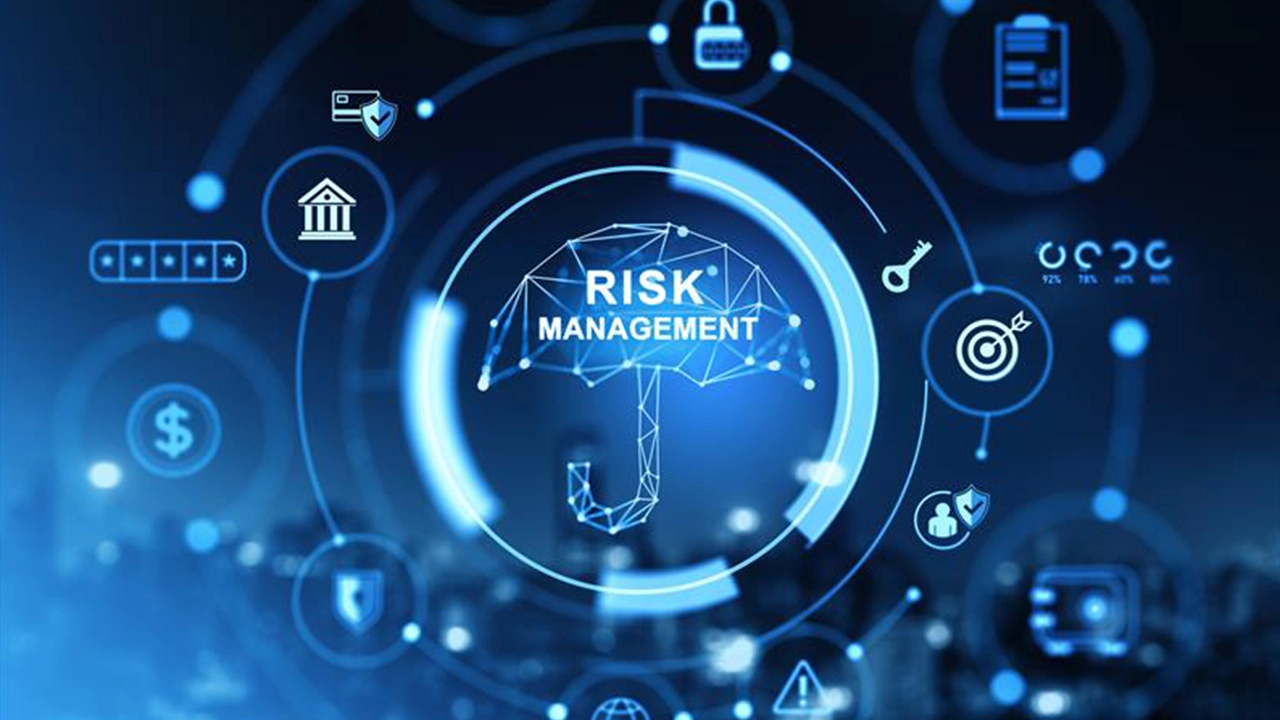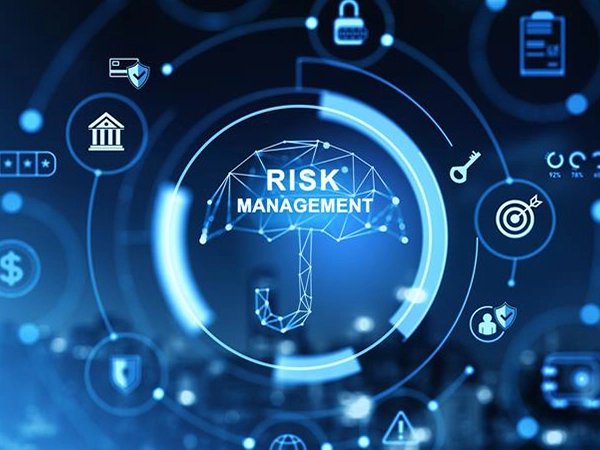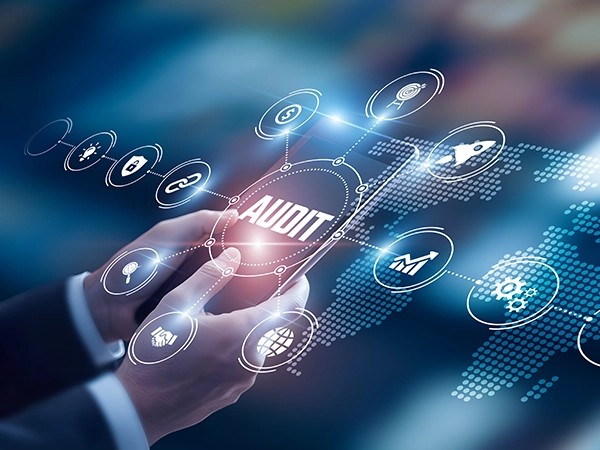Risk management is a strategic discipline vital for organizations to navigate uncertainty, protect assets, and sustain growth in today’s complex environment. This article explores the fundamentals of risk management, with an emphasis on information security risks supported by real-world examples, sector-specific challenges, essential frameworks for comprehensive risk treatment, and practical steps executives can implement to safeguard their enterprises.
Introduction to Risk Management
Risk management involves identifying, assessing, mitigating, monitoring, and communicating risks that may hinder achieving business objectives. It helps organizations anticipate threats, optimize resource allocation, and maintain compliance with evolving regulations. In 2025’s dynamic landscape, integrating risk-aware governance with continuous adaptation is critical to long-term resilience and competitive advantage.
The Risk Management Process
Effective risk management generally comprises five core phases:
- Identification: Discover internal and external risks spanning financial, operational, technological, and reputational spheres, including emergent cyber threats.
- Analysis: Evaluate likelihood and potential impact using qualitative and quantitative tools such as risk matrices and scenario planning.
- Evaluation: Rank risks to focus mitigation efforts on those with highest potential damage or probability.
- Mitigation: Deploy tailored controls, from technical safeguards to policy measures, staff training, and insurance.
- Monitoring: Continuously track risk indicators and review strategies to adjust proactively to changing environments.
Each step demands thorough documentation, transparent communication, and coordination across departments and leadership to ensure accountability and effective risk response.
Key Risks Across Sectors
While all sectors face diverse risk portfolios, information security remains a paramount cross-industry concern:
| Sector | Key Risks | Information Security Risks |
| Financial | Market volatility, regulatory penalties, fraud | Advanced phishing, ransomware, supply chain breaches |
| Healthcare | Patient safety, data privacy violations | Electronic health record (EHR) exploits, ransomware |
| Manufacturing | Supply chain disruptions, safety risks | OT vulnerabilities, IoT-based attacks |
| Retail/Ecommerce | Stockouts, reputational damage, logistics failures | Payment fraud, targeted phishing campaigns |
| Technology | Intellectual property theft, software defects | Cloud misconfigurations, supply chain attacks |
Information Security Risk: Real-World Examples from 2025
Information security risk — the threat of unauthorized access or attacks compromising confidentiality, integrity, or availability of data — escalated significantly in 2025. Organizations worldwide faced sophisticated, large-scale attacks across sectors.
Ingram Micro Ransomware Attack (July 2025)
Ingram Micro, a global IT distributor, suffered a major ransomware attack attributed to the SafePay group, disrupting global operations for days. Attackers exploited an unpatched VPN vulnerability, reportedly exfiltrating 3.5 TB of sensitive corporate data, including employee SSNs and contact details. The financial impact was estimated at over $136 million per day of disruption, underscoring supply chain vulnerabilities in interconnected ecosystems.[1]
Coinbase Insider Threat Breach (May 2025)
Coinbase, a leading cryptocurrency exchange, disclosed a data breach caused by insider threats from overseas customer support contractors, starting December 2024 and detected in May 2025. Around 69,461 users’ sensitive information — including partial SSNs, ID images, and masked banking data — was exposed. Notably, no cryptocurrency wallets or keys were compromised, but the breach highlighted critical third-party risk management needs, with estimated costs reaching $400 million.[1]
New York University Applicant Data Breach (March 2025)
NYU experienced a large-scale breach where more than 3 million applicant records dating back to 1989 were exposed due to unauthorized access and website redirection by hackers. Data compromised included names, test scores, demographic details, and financial aid information, illustrating the risks of legacy data storage and insufficient access controls.[1]
TransUnion Data Breach (July 2025)
TransUnion, a major credit bureau, suffered a breach linked to a third-party application affecting over 4.4 million Americans. Attackers accessed names, dates of birth, SSNs, phone numbers, and email addresses, likely through third-party OAuth-connected apps. This incident emphasized the significance of comprehensive vendor risk assessments and rapid breach response protocols.[2]
National Defense Corporation Ransomware Attack (March 2025)
The Interlock Ransomware Group targeted National Defense Corporation, exfiltrating 4.2 TB of procurement and supply chain data. Although classified information remained secure, the breach exposed sensitive unclassified data critical to defense industrial base security. This attack highlighted the importance of compliance with defense cybersecurity standards like CMMC 2.0 and supply chain vetting.[3]
These incidents highlight that information security risk in 2025 is diverse and multi-faceted, ranging from insider threats and third-party vulnerabilities to ransomware and legacy system exposures. They reinforce the necessity for robust risk assessments, layered cybersecurity measures, continuous vendor oversight, and prompt incident response as vital components of organizational resilience.
Risk Management Frameworks for Organizations
Adopting structured frameworks guides organizations in embedding risk management consistently:
| Framework | Overview |
| ISO 31000 | Comprehensive, adaptable global standard for risk handling |
| NIST RMF | Security control lifecycle management, U.S. government aligned |
| COSO ERM | Integrates enterprise risk management with governance |
| FAIR | Quantitative cyber risk measurement |
| TARA (MITRE) | Threat-focused cybersecurity risk assessment |
| OCTAVE | Asset-centric organizational risk evaluation |
| COBIT | IT governance and compliance framework |
Regular updates to frameworks accommodate evolving threats such as AI-powered cyberattacks and quantum computing risks.
Practical Example: Implementing Information Security Risk Management
A financial institution might combine ISO 31000’s risk management principles with NIST RMF cybersecurity controls and FAIR’s quantitative analysis to:
- Identify phishing and supply chain risks.
- Implement multifactor authentication and network segmentation.
- Model financial impacts of breach scenarios for informed decision-making.
- Enforce rigorous third-party risk evaluation and contractual compliance.
- Use dashboards to monitor risk and mitigate swiftly when needed.
Actionable Steps for Effective Risk Management
- Set Strong Governance
Secure leadership commitment and clear ownership of risk roles and responsibilities. - Comprehensive Risk Assessment
Employ diverse techniques to identify and analyze all relevant risks systematically. - Robust Risk Treatment Plans
Define feasible mitigation actions, assign accountability, and prepare contingency plans. - Framework Alignment and Integration
Adopt and tailor frameworks like ISO 31000, NIST RMF, or COSO ERM for your context. - Cultivate Risk Awareness Culture
Invest in training, communication, and empowering reporting mechanisms. - Leverage Technology
Deploy risk management platforms, monitoring tools, and real-time dashboards. - Continuous Monitoring & Adaptation
Regularly review risk landscape changes and update practices and controls accordingly.
Conclusion
Risk management today is a disciplined, ongoing process pivotal for sustained organizational success. Information security risks particularly require heightened vigilance, integrating technological defenses with governance and culture. By adopting proven frameworks and embedding best practices, organizations can navigate uncertainty, reduce vulnerabilities, and capitalize on new opportunities confidently.
References
- https://www.pkware.com/blog/recent-data-breaches
- https://www.brightdefense.com/resources/recent-data-breaches/
- https://secureframe.com/blog/recent-cyber-attacks
- https://www.6sigma.us/six-sigma-in-focus/strategic-risk-management/
- https://www.bmc.net/blog/management-and-leadership-articles/risk-management-in-management-and-leadership
- https://www.360factors.com/blog/five-steps-of-risk-management-process/
- https://www.metricstream.com/learn/risk-management-strategies.html
- https://www.neotas.com/risk-management-framework/
- https://www.navex.com/en-us/blog/article/risk-management-frameworks-for-organizations/
- https://www.splunk.com/en_us/blog/learn/risk-management-frameworks.html
- https://cloudsecurityalliance.org/blog/2025/01/14/the-emerging-cybersecurity-threats-in-2025-what-you-can-do-to-stay-ahead
- https://www.sentinelone.com/cybersecurity-101/cybersecurity/cyber-security-trends/
- https://onlinedegrees.sandiego.edu/top-cyber-security-threats/
- https://www.dsci.in/resource/content/india-cyber-threat-report-2025











